ADDRESS
7 Jalan Saudara Ku, Singapore 457444
sales@totalcleanz.com
PHONE
OFFICE HOURS
Monday – Friday (9am – 6pm)
Saturday (9am – 1pm)

ADDRESS
24 New Industrial Road,
#07-03 Inspace,
Singapore 536210
sales@totalcleanz.com
PHONE
OFFICE HOURS
Monday – Friday (9am – 6pm)
Saturday (9am – 1pm)
AWARDS
Accredited Certification Body QS-2015-27
Accredited Certification Body OSH02015-12
Clean Mark – Gold Award
Bizsafe Star
©Total Cleanz Pte Ltd. Site by firefish. All right reserved.